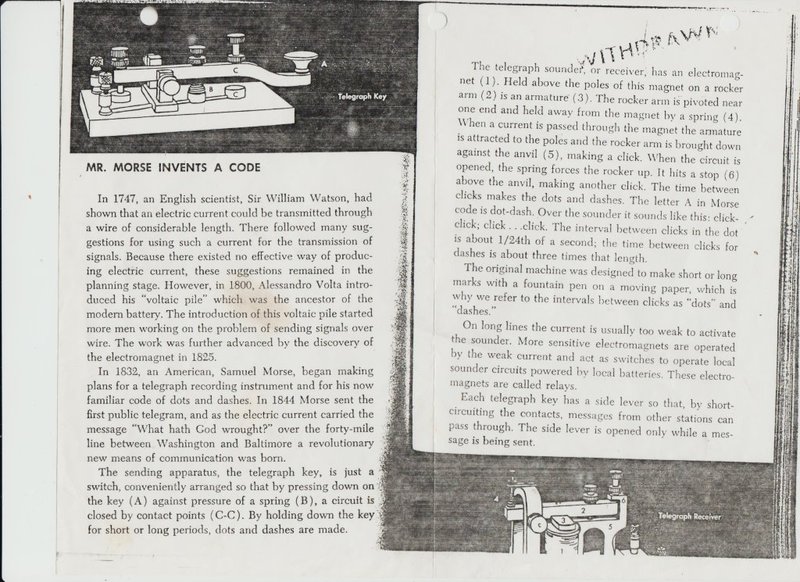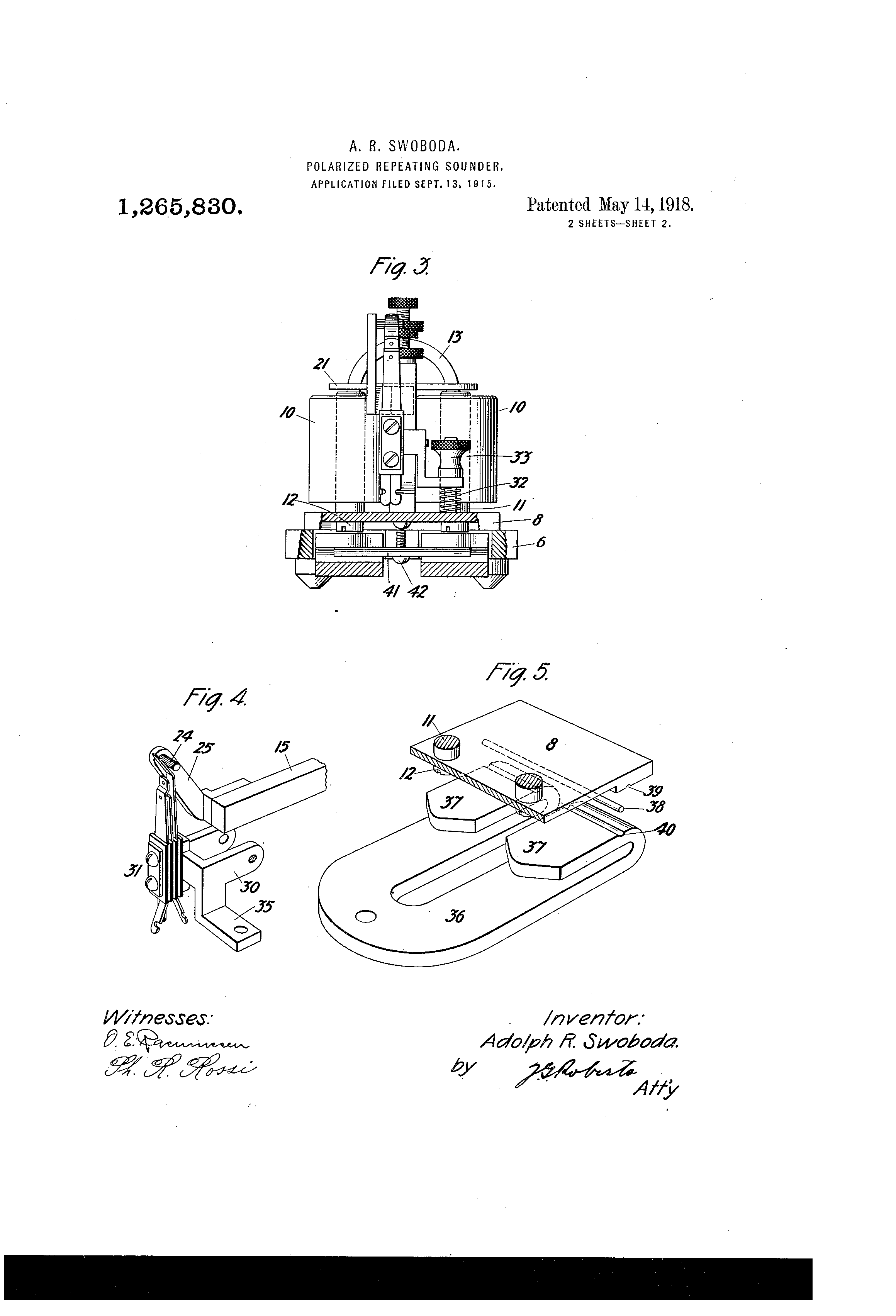
PA3CLQ's Leuke Linken Nr. 402
Hello
dear Radio Hams!
Independent
Telegraph club CQCW invites you to join the club members.
Our organization is still very young, but already unites more than 350 (Today 368 (3clq)) radio Amateurs from 30+ countries of the world.
About the policy and the rules of the club can be found at our website:
Download and unpack memberlist at:
cqcw.ru/cqcw.zip
E-mail
to cq73@ya.ru Alexander
(ALI) R6CN former RV6ANQ
73! "ALI" Àëåêñàíäð = Alexander
QSP PA3CLQ CQCW #239 there are vy nice awards.
REM :
I have made for the N1MMLogger-Plus and N1MMLogger-Classic an UDC (User Defined Contest) CQCW.UDC and a CallHist_CQCW.txt file to discover a member of the CQCW-club for Working CQCWM Award.
Pse see eventual:
http://n1mmclassic.hamdocs.com/tiki-list_file_gallery.php?galleryId=18 (is no longer supported)
http://n1mm.hamdocs.com/tiki-list_file_gallery.php?galleryId=18&offset=0
CQCW.UDC (User Defined Contest) is a tool to quickly discover whether the call sign belongs to a member of the CQCW club.
After a QSO these CQCW-member can be logged.
Have Fun, 73 and Always Good Brasspouding / Always Good Sideswipery.
Jan P. PA3CLQ
There is another Russian CW Club at:
http://rcwc.net/news/1696-diploma-w-14cwc-h-14cwc.html
Work R14CWC on different short wave bands.
73, PA3CLQ
Learning code
Here is a link to a discussion of the Koch method of learning code.
The
author claims that the traditional method of starting at 5 WPM is a
"deadly trap" that leads to despair, etc because people hit a wall at
about 10 WPM that is so frustrating many quit.
http://www.qsl.net/n1irz/finley.morse.html
I learned cw in an army radio school in 1962 using the traditional method and recall having no such terrible frustration myself or seeing it among other soldiers.
In fact, I passed 10 WPM easily, then 13 and 15.
I was on the edge of passing 18 when a case of the flu put me in the hospital for a week and kept me from doing so.
I did go through a spell of counting dits and dahs for some characters but quickly grew out of it.
I
regard that as part of the learning process.
And the army cw tests were MUCH more difficult than the multiple guess tests I
took as a Ham to pass 20 WPM.
The Koch and Farnsworth methods may or may not be better than the traditional
method.
Not having used them to learn code myself, I can't say for sure.
But
the claim that the traditional method used by thousands (or more?) in the past
is some kind of trap that was destroying Ham radio is ridiculous, IMO.
For what it's worth, I think that the code requirement had the laudable effect
of keeping the irresponsible CB-mentality crowd out but that politics made it
necessary to change.
Burke Chester
REM :
The only real impediment would be in learning the individual characters at too slow speed (i.e., 5 wpm).
I believe the army signal corps has always used high-speed characters for code training, starting right off with the initial character instruction.
Check
these 1940's code recordings:
https://www.youtube.com/watch?v=eTizFjjVXh0
I used the above records to learn the code and had no problem going from zero to 18 wpm in a matter of weeks.
The
initial level after learning all the characters is 6 wpm. I don't know how much
better the Koch method would have been but I never experienced any plateaus
with the records.
73, Drew AF2Z
REM :
Hello
everybody.
5 WPM... it seems very very slow.
Why starting so slowly ?
The
good speed to learn must be identified by each operator during the learning
sessions.
Personally i started learning morse code with the software profmorse.
I started with the more practical speed to learn for me. In fact it was 10 WPM.
Later, i passed 11 and 12 very very easily when all words were acquired.
F5NFB
REM :
The article is of course one person shared opinion.
I've heard the pro and con arguments to learning code using various methods for many, many years.
I only know that when I was attempting to learn CW in the Boy Scouts at the slower character speed I never finished.
When I was in U.S. Navy radio school they taught the characters at 18 WPM and simply changed the spacing as students were able to copy faster code.
This made it much easier for me to increase my speed.
Regardless of which method you use I recommend you learn to copy 3 ways. In your head, with a pencil and with a keyboard.
*In your head for ragchewing.
*With a pencil and keyboard if you plan on handling traffic or do any emergency communication where record communications need to be written down.
*With a keyboard for operating higher speeds where your pencil will not be able to keep up. Most people handling traffic above 20-25 WPM find a keyboard necessary.
I do know that different people learn in different ways and finding what works best for you is all that matters.
The most important thing in working Morse Code is RELAX AND HAVE FUN!!!
73, Jim Bassett, W1RO-ARRL Nevada Section Traffic Manager, Life Member
REM :
Hi Mike.
Want to thank you for putting up this YouTube link
http://www.youtube.com/watch?v=R-petiNdCIY
I'm always curious about code (duh - what group is this, again?) so I clicked onto the video... and proceeded to be floored.
That's the way I learned the code.
My dad was a ham back in the old days - his first transmitter used a spark coil from a model-T Ford to communicate with a buddy a few blocks away, if I remember the story correctly.
Anyway, he joined the Navy right out of High School in the early thirties, so being a Radioman was pre-ordained.
By the time WWII rolled around, he'd already taught code to countless newbies; he WAS that guy in the movie.
So when I rolled around in the late fourties, he was ready for me, too.
The guy in the Army movie?
Seriously, that could have been my dad (except for the wrong uniform).
From the dead-pan humor to speaking the code - that's what growing up around my dad was like.
That's how I learned code.
So, thanks for sharing that movie.
I will be sharing it with others.
The movie got me thinking about what worked for me in learning that way.
In case it wasn't obvious, the technique used in the film was "Farnsworth-ish."
That is, characters were spoken at a "natural" pace (it's "di-dah" not dit... dah"), then each spoken character was reinforced with a hand-key-sent character, which sounded REMARKABLY similar to the spoken version.
That natural pace is what... 15-18 WPM?
That's how I learned the code - not just what the characters are, but what they are supposed to sound like.
As with spoken language, there is something called "good pronunciation" as it applies to Morse code characters.
Once you learn the correct pronunciation, you can make that sound - with darn near anything.
Car horn? No problem.
A finger tapping on the desktop? No problem.
A straight key? Same deal. Even a paddle :-)
73, Chris NW6V #14374
REM :
Several morsecodelearningprogs at:
http://www.ac6v.com/morseprograms.htm
pa3clq
A Lot of Info at:
http://www.arizonaoutlaws.net/downloads.html
73, Bob K8IA
Arizona Outlaws Contest Club
My purpose was to let “SID” know that I was taking the pictures from the CANADIAN NATIONAL MAGAZINE – JANUARY 1944, and putting them in the HISTORICAL KINMOUNT RAILWAY STATION MUSEUM,KINMOUNT,ONT.(The pictures had been taken in August 1943)
Also, the article is too lengthy to include!
Edmonton was busy in those days!!!!
The Americans were all over the place building roads and airfields.
Traffic was both RS ( Railway Service) and Commercial.
BACK-IN - THE-DAYS
from Schraderg

The "Sounding Bridge" on Sounders
I
am trying to figure out when (and by whom) the "sounding bridge"
arrangement for sounders was invented.
I
think it must have been around 1870.
Does
anyone know who came up with the idea, when, and what company manufactured the
first sounders with sounding bridges?
73 SW & (abram burnett) SlowSpeedWireGroup
REM :
ADB…..
No doubt the “sounding bridge”idea came about just as soon as “reading by sound” became the thing to learn and do…
It must have been fairly apparent that an asymmetrical arrangement of the downstop and upstop had to be used to enable the operator receiving to discern between the “click” and the “clack” in order to hear the formation of the Morse characters and numerals.
Early sounders show use of independent parts for the upstop and the downstop, rather than the single piece on the form of a “bridge” with the upstop above the downstop and with a longer “arm” to the setscrew.
An example of these are the “walking beam” sounders with the upstop and downstop at opposite ends of the sounder bar, with the magnet armature on the downstop side of the pivot point.
Other early types had both stops acting at the same end of the sounding bar with the pivot at the opposite end.
Etc, Etc. Ed FB SlowSpeedWireGroup
REM :


Hello
friends,
Please
have a look at Martin's - G4ZXN SSN webpage:
http://www.sideswipernet.org/keys/g4zxn-keys.php
Beautiful
pix and interesting comments, congratulations Martin, all these little beasties
sound great!
So friends, QNI or QSX 3566 kHz at 2000 UTC on Sunday evenings.
Thanks fellows, have a nice Week,
73, BCNU on the SSN!
73, Yann, F5LAW.
73, your Editor PA3CLQ
-30-
My simple website about Gigantic DF-Antennas
Part 1 "DF-Antenna Wullenweber Array"
Part 2 "DF-Antenna USSR Variants"
Part 3 "DF-Antenna USA Variants"
Next Part 4 "USSR OTHRA DUGA 1,2 & 3" at: